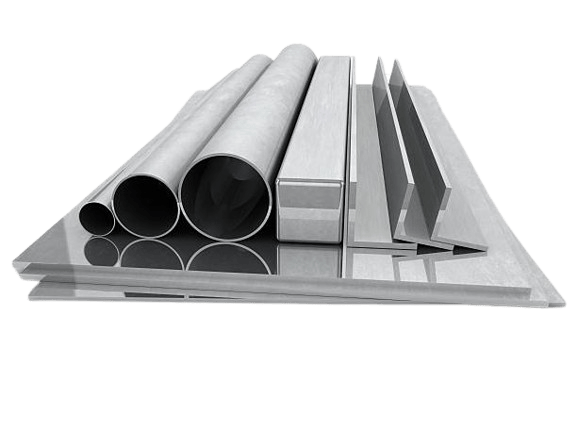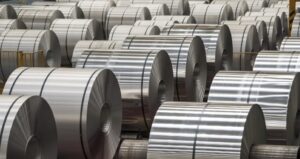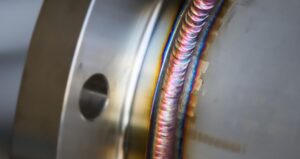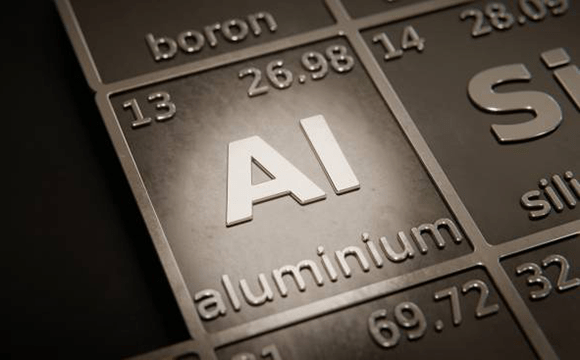
what is a aluminum
Aluminium is a lightweight and silvery-white metal that is abundantly found in the Earth’s crust. Aluminium is highly versatile and widely used in various industries due to its desirable properties. These properties include low density, high corrosion resistance, excellent thermal and electrical conductivity, and good malleability. Aluminium is utilized in sectors such as aerospace, automotive, construction, packaging, and electrical engineering. It plays a vital role in modern society and offers numerous applications due to its unique combination of properties.
Properties And Advantages Of Aluminum
1. Lightweight and High Strength:
One of the notable properties of aluminum is its combination of lightweight and high strength. Aluminum is a lightweight metal, with a density approximately one-third that of steel. Despite its low density, aluminum exhibits impressive strength, offering a high strength-to-weight ratio. This characteristic makes aluminum advantageous in various industries, such as aerospace, automotive, and transportation, where reducing weight without compromising strength is essential. The lightweight nature of aluminum enables improved fuel efficiency, increased payload capacity, and enhanced overall performance in numerous applications.
2. Excellent Corrosion Resistance:
Aluminum possesses inherent corrosion resistance due to its ability to form a protective oxide layer on its surface. This thin layer acts as a barrier, shielding the metal from environmental elements and preventing further oxidation. Unlike steel, aluminum does not require additional coatings or treatments to combat corrosion, making it highly desirable for outdoor applications, marine structures, and architectural projects. Its longevity and resistance to degradation reduce maintenance costs and ensure long-lasting performance, making it a cost-effective choice for various industries.
3. Superior Thermal and Electrical Conductivity:
It exhibits exceptional thermal conductivity, efficiently transferring and dissipating heat. This property makes it a valuable material for heat sinks, heat exchangers, and cooling systems in various industries, including electronics and automotive. Aluminum’s excellent electrical conductivity also makes it an ideal choice for electrical applications. It is widely used in power transmission lines, electrical wiring, and electronic devices where efficient power transmission is crucial.
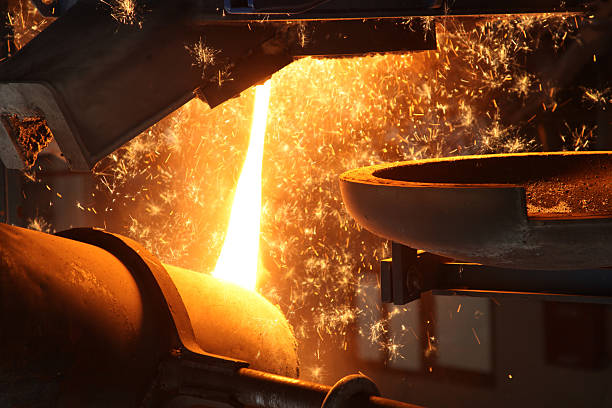
4. High Reflectivity
It reflects both visible light and thermal radiation effectively. The high reflectivity of aluminum allows it to be used in various industries, including lighting fixtures, solar panels, mirrors, and reflective coatings. Its ability to reflect light and heat contributes to energy efficiency and reduces the need for additional cooling measures in certain applications. Additionally, aluminum’s reflective properties make it aesthetically pleasing and suitable for decorative purposes in architecture and design.
5. Formability and Machinability:
Aluminum’s malleability and ductility allow it to be easily formed into intricate shapes and structures. It can undergo processes such as extrusion, rolling, and forging, enabling the production of complex components and designs. Its machinability further enhances its versatility, allowing for precise shaping, drilling, and milling operations. These characteristics make aluminum a preferred choice for industries such as construction, automotive, and consumer goods, where intricate designs and customized components are required.
6. Withstand low temperature
Aluminium exhibits good strength even at low temperatures. Unlike some other metals, such as steel, aluminium does not become brittle or lose its strength when exposed to low temperatures. It retains its mechanical properties, allowing it to maintain its structural integrity and performance in cold environments. This characteristic makes aluminium suitable for applications in industries like aerospace, where materials must withstand extreme temperatures and maintain their strength and reliability.
7. Versatility and Aesthetics
Aluminum is easily coated, painted, or anodized to achieve desired colors, textures, and finishes. This versatility in surface treatments enhances its aesthetic appeal and makes it a popular choice in architecture, interior design, and consumer products.
The versatility of aluminum extends to its compatibility with other materials. It can be combined with different alloys, composites, or laminates to enhance its properties and create hybrid materials with specific characteristics for specific applications.
8. Recyclability and Sustainability:
They can be recycled indefinitely without compromising its properties. Recycling aluminum requires only a fraction of the energy compared to primary production, making it an environmentally sustainable choice. The recyclability of aluminum reduces the demand for primary production, conserves natural resources, and minimizes waste. The aluminum industry has embraced sustainability, implementing efficient recycling practices and reducing its environmental footprint. Choosing aluminum as a material contributes to a circular economy and aligns with the growing demand for eco-friendly solutions.

